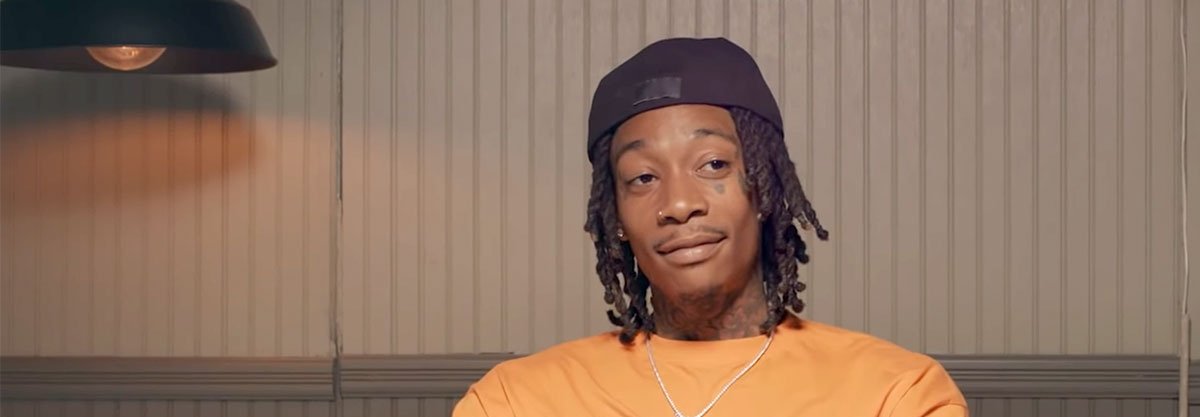“You're next in line for a promotion.”
“Let's have lunch sometime.”
"I'd love to read your report."
“No, those pants don't make you look fat.”
We get lied to all the time. People are dishonest with us out of politeness, to avoid punishment, to protect others, or to deliberately mislead us for personal gain. But, although it happens frequently, it’s not that easy to spot a liar.
It’s true that there are behaviors that suggest deception. Some examples are:
• Incongruence between what's being said and the speaker's body language (like saying “no” while nodding “yes”).
• An increased blink rate – especially over 50 blinks per minute – or eyelid flutter.
• Gazing downward after asserting innocence.
• Incomplete gestures, like a shrug that uses only one shoulder.
• A decrease in hand gestures, especially those used to illustrate speech - like drawing pictures in the air to help explain what is meant.
• Increased foot movement - fidgeting or kicking out.
• Face touching - especially around the mouth and nose.
• Pupil dilation, which can be a sign of the extra mental effort it takes to tell a lie.
• Discrepancies in timing: When the lie is well rehearsed, deceivers start their answers more quickly than truth-tellers. If taken by surprise, however, the liar takes longer to respond.
It's also true you are already subconsciously picking up on signals of deception. Your ability to do that is one of your basic survival instincts. In early human's history, rapidly deciding if someone was dangerous or duplicitous was often a matter of life or death. And consistent among the research is that as the importance of having the lie go undetected increases, the more difficult for the liar to conceal the falsehood.
But, as innate as this ability may be, and as compelling as the scientific research is, it's not all that easy to catch a liar. Here are four reasons why:
1) There is no absolute signal for deception. Most cues, including blink rates, pupil dilation, foot movement, etc., are signs of heightened anxiety and stress. But that observed stress could be caused by lying or by something else. Likewise, incongruence, where gestures contradict words, may be a sign of deceit or simply an indication of some inner conflict between what the person is thinking and saying.
2) Signs of deceit may differ from individual to individual. Take eye contact, for example: Some liars shift their gaze and won't meet your eyes, while others give too much eye contact. One person may raise her vocal pitch when she lies while another speaks in a flat, unemotional tone.
3) All nonverbal communication is influenced by cultural heritage, and the higher the stress level, the more likely it is that culture-specific gestures will show up. It is extremely difficult to judge nonverbal deception cues in people from another culture.
4) No one, not even with the aid of functional MRIs to track brain activity, can identify sociopaths or other liars who believe the lies they are telling.



Leave your comments
Post comment as a guest